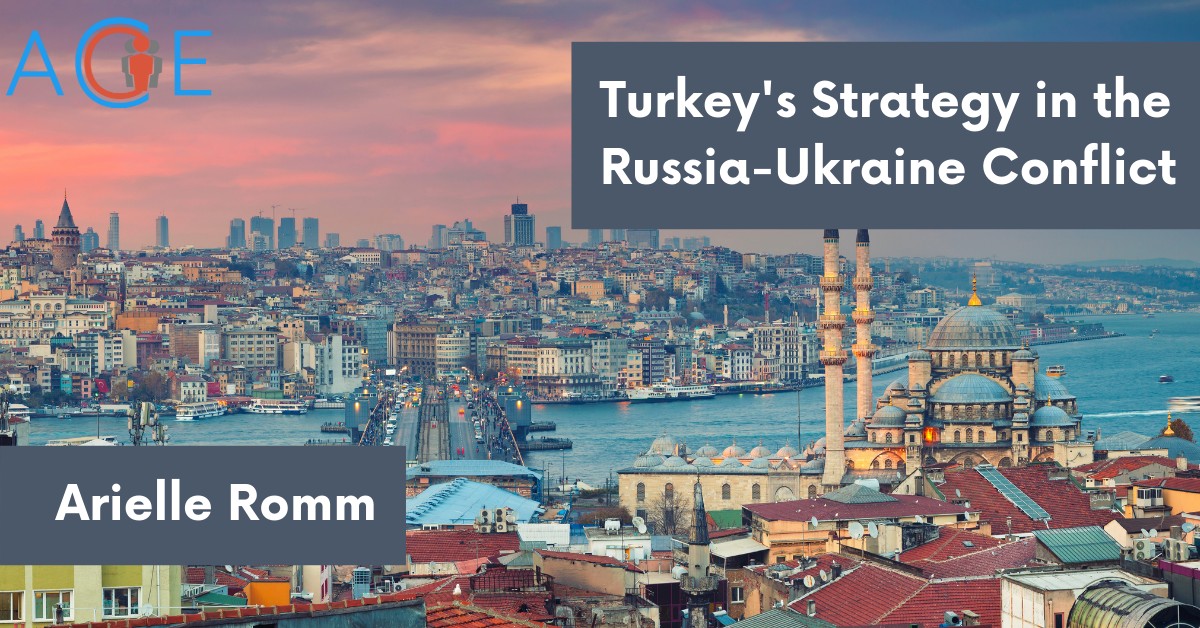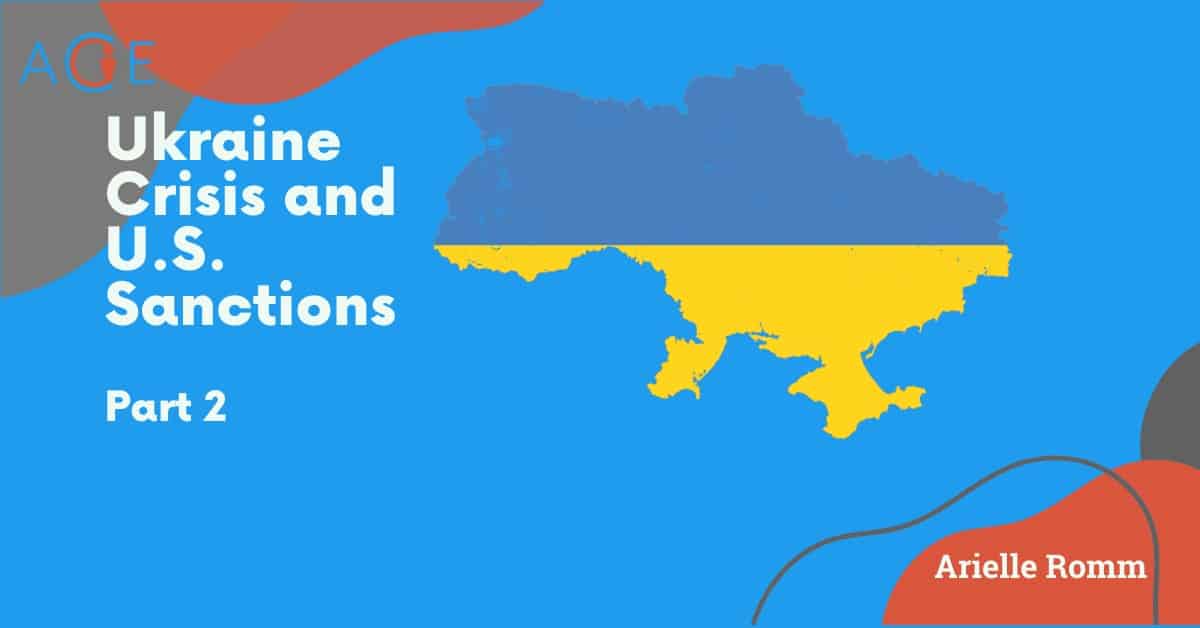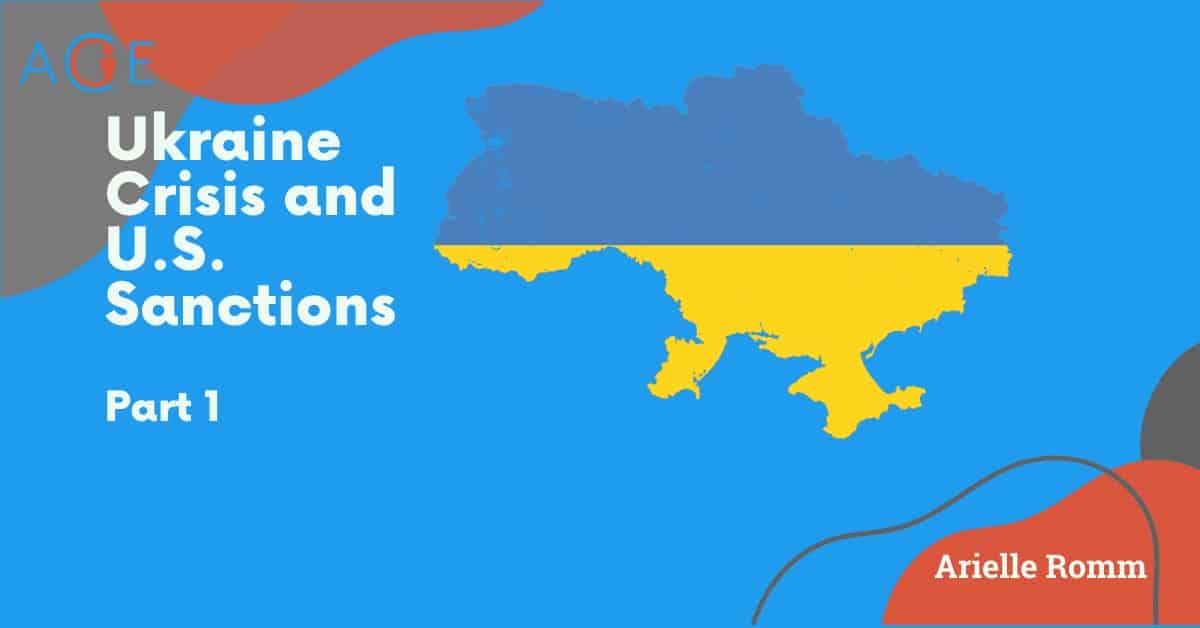Turkey shares complicated relationships and maritime borders with both Russia and Ukraine, and it has taken a dual approach to maintain distance from either neighbor. Turkey’s status as a NATO member and an economic partner with both Russia and Ukraine puts it in a unique position to serve as a place of negotiation and a communicator to the West. As Turkey balances its NATO responsibilities and strategic considerations, Ankara has worked to avoid alienating either side as it attempts to secure its own international and domestic position as a regional decision-maker.
Early Stages of the Conflict
In late March of 2022, Turkey served as the host of the first of three-way talks between Foreign Minister Dmytro Kuleba of Ukraine and Foreign Minister Sergei Lavrov of Russia, along with Turkish Foreign Minister Mevlut Cavusoglu. During these talks in the town of Antalya in southern Turkey, Cavusoglu described Turkey’s role as more of a “facilitator” than a “host”. As part of the talks, Turkey brought up critical issues to the conflict, including free access to humanitarian corridors and the violence occurring in the city of Mariupol. Although no agreement was reached, Turkey has strengthened its position as a diplomatic actor in dealing with a developing conflict with two of its major economic partners. On a more personal level, President Vladimir Putin himself was reported to have called Turkish President Recep Tayyip Erdogan to outline his demands throughout the negotiations process. Finding himself in a difficult position, Erdogan has sought to optimize Turkey’s ability to pivot strategically while maintaining a distance from the current conflict.
Initially, Turkey’s position on the current conflict favored the Ukrainian cause. Erdogan criticized the West’s response as weak and joined NATO in condemning Russia by voting for the UN General Assembly resolution condemning the invasion of Ukraine. This isn’t the first time that Turkey has publicly denounced Russia’s actions in the region—Ankara criticized Russia’s 2014 annexation of Crimea and has been outspoken in support of Ukraine’s claim over Crimea and for Crimean Tatars, a Turkic ethnic group that has been persecuted under Russian control. Additionally, Turkey has joined Ukrainian diplomatic initiatives such as the August 2021 Crimea Platform summit.
Naval Response
Ankara changed its rhetoric after the beginning of the conflict. Erdogan and other Turkish figures in the government and media have called the invasion “unacceptable,” Ukrainian President Volodymyr Zelenskyy “courageous,” and the Ukrainians “helpless civilians.” However, when Ankara began describing the conflict as a “war” rather than repeating the Russian term “special operation,” it was able to invoke the articles of the 1936 Montreux Convention, at Zelenskyy’s request. Invoking the Articles of the Montreux Convention allowed Turkey to close the Bosphorus Strait to warships and thus block warring states from accessing the Black Sea (Figure 1). This has effectively limited Russia’s ability to move ships from other fleets into the region. Before the invasion of Ukraine, 16 Russian warships sailed through the strait to conduct military exercises in the Black Sea and now are engaged in the conflict. Due to the closing of the Bosphorus Strait, two of Russia’s Slava-class cruisers, the RTS Marshal Ustinov and the RFS Varyag were unable to move into the Black Sea from other operating areas. This move has earned Ankara praise from NATO and EU allies.
Military and Economic Response
Turkey has also sent aid to Ukraine in the form of weapons. Turkey sent a number of Bayraktar TB2 armed drones to Ukraine. These weapons have been deployed in Libya, Syria, and Nagorno-Karabakh and have been extremely effective in other conflicts. Although Ukrainian officials have repeatedly underlined this contribution and its success, possibly to publicly pressure Turkey to take a more active pro-Ukrainian stance, Ankara has stopped short of claiming the transaction as a form of military aid. Rather, Turkey’s Foreign Minister Sedat Onal has publicly emphasized that the transfer of Bayraktar TB2 drones was instead an agreement made between the Ukrainian government and a private Turkish company. This attempt to distance the Turkish government from any overt lethal aid to the Ukrainian cause underlines the strategic considerations leading Turkey to avoid alienating Russia.
Turkey’s commitment to Ukraine’s territorial integrity has avoided outright alienating Russia. Erdogan’s response to the current invasion has stopped short of other measures pursued by other NATO members. Ankara has continuously declined to join sanctions on Russia, calling them “useless,” and it has refused to close its airspace to Russian aircraft. Through this, Turkey has become a “haven,” becoming the base of Russia’s connection to the rest of Eurasia. Some oligarchs and citizens have fled there as the effects of Western economic sanctions take hold of the Russian economy, leading to fears that it will undermine the effectiveness of the measures. However, this strategy is risky for Turkey. If the United States and the West decide to ramp up secondary sanctions, Turkish banks and businesses could be greatly affected.
Russian-Turkish Security Relationship
Turkey’s strategic hedging of its actions during the current crisis has much to do with its complex security and economic relationships with Russia. Russia and Turkey are historical competitors in multiple security areas and have fought on opposite sides of multiple regional conflicts, such as Syria, Libya, and Nagorno-Karabakh. Geography and politics play a major part in Turkey’s decisions. As both a NATO member and a close neighbor to Russia and Ukraine, with economic ties to both countries, Turkey risks becoming deeply involved in a conflict with both security and economic partners.
There has been an increasing security relationship between Ankara and Moscow in the past few years. Despite their opposing stances in regional conflicts, Turkey has increasingly viewed Russia as a “counterweight” to the West’s powers and pressures in the international sphere and seeks a deepened relationship with Russia to diversify its security strategy. In regional conflicts such as Syria, the countries cooperate. For example, they arranged a 2020 ceasefire agreement, and mutually brokered a security corridor and joint patrols. Criticism over the human rights abuses and the rule of law in Turkey has increased from the West, leading Erdogan to turn to alternative allies. Putin hasn’t questioned any of Erdogan’s domestic human rights crackdowns, and he extended his support during the 2016 failed coup in Turkey. A shared goal of legitimating their role in the regional order outside of Western-led institutions has provided a platform on which the two nations have begun to cooperate.
Turkey’s pivot towards Russian partnership is exemplified in the highly controversial 2019 purchase of S-400 missiles from Russia, which led to a downturn in relations with the United States. The U.S.’s response included a sanctions package against Turkey’s defense industry, Turkey’s removal from the F-35 Joint Strike Fighter program, and the resulting cancellation of a large transaction of U.S. F-35 fighter jets. This is indicative of a larger Turkish policy trend of reducing dependence on NATO and the West, looking to alternative allies. Turkey’s pivot to Russian weapons platforms has led to concerns about its future unity with NATO.
Domestic Considerations
Aside from its international strategic considerations, Ankara’s domestic economic considerations are a central determinant in the ongoing conflict. Both Russia and Ukraine are key economic partners to Turkey. Turkey, whose energy needs are import-dependent, especially depends on Russia: Russian natural gas made up 45% of Turkey’s gas purchases last year. Rosatom, a Russian conglomerate, began building a nuclear plant at Akkuyu in southern Turkey. Ankara has a very profitable free trade agreement with Ukraine, which it does not want to lose. As the largest foreign investor in Ukraine, Turkey’s security and defense sectors are tied up with Ukraine’s as well. For example, a new drone manufacturing factory has been planned to co-produce the long-range tactical Bayraktar TB2 system with Ukraine, further promoting the Turkish drone brand and expanding it to other markets. Turkey is also a major importer of sunflower oil and wheat, and in 2021 it imported 64.6 percent of its wheat from Russia and 13.4 percent from Ukraine—78% of a critical import overall. Turkey’s exports to Russia have been measured at 4.5 billion dollars in 2020, and to Ukraine at 2.24 billion dollars, figures that are expected to be disrupted as the crisis continues. Additionally, Ukrainians and Russians make up 23% of Turkey’s tourism sector revenue, a large share of an industry that represents about 4% of Turkey’s overall GDP.
Hit hard already by the ripple effects of Western sanctions, Turkey also knows well what a cooling economic relationship with Moscow would look like. In 2015, when Turkey shot down a Russian fighter jet on the Turkish-Syrian border area, the subsequent sanctions and downturn in relations proved devastating to the Turkish economy. The impacts of tensions with Russia caused double-digit inflation, high unemployment, and a rising current account deficit. Russia cracked down on tourism to Turkey, imposed import restrictions on Turkish goods, and even suspended the building of Turkey’s first nuclear power plant. The ten-month sanctions eventually ended when Erdogan personally apologized for the downing of the Russian bomber. This example of Russia’s status as a close economic partner to Turkey may explain Ankara’s hesitation to join harsher sanction measures.
The conflict, as well as Western-imposed sanctions, has already compounded Turkey’s ongoing economic crisis. Since sanctions were introduced, Turkey’s economy has taken a turn for the worse, including surging inflation at a 20-year high of 54%. The tourism industry has taken a hard hit from the loss of Ukrainian and Russian visitors, losing Turkey billions in revenue. As supply chain disruptions affect imports and exports, grains, oil, and gas prices have skyrocketed. With national elections coming in 2023, worries about civic dissatisfaction due to economic losses have been at the forefront of Erdogan’s mind.
Ankara’s position as a mediator in the talks has so far seemed to work more than any other measure. The only signs of diplomatic progress have emerged from the three-way discussions, as Russia said it would significantly scale back its military activity around Kyiv and northern Ukraine, a confidence-building “de-escalation” step. Whether this step will be carried out, however, is unclear. In this way, Ankara has worked to solidify itself as a key independent international intermediary to both the West and Russia while avoiding endangering either of its critical partnerships.



